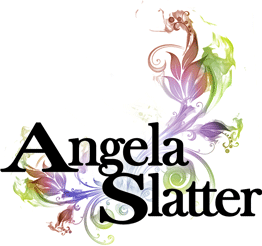One of my problems in the beginning of Clarion (and, some might say, in the middle and at the end), was having novel-brain. Now one might think that any kind of writer-brain enables you to write … not always. There is a very big difference between novel-brain and short story-brain. It took me three weeks to remember what it was.
You see, I’d spent my eight weeks in the lead-up to being embedded at Clarion trying to finish a first draft of the Crusades novel. This involved learning the art of novel-brain, which on the most basic level (if you are a passably accomplished short story writer), is planning a lot and adding more in. Layers are required, like an onion or a parfait. So, I had spent MONTHS learning to layer so that my novel didn’t (oh, sweet mother of crap, I hope) read like a flimsy piece of tinsel, as insubstantial and likely to blow away in the breeze as a Dr Who set circa 1972.
And then I went to Clarion and found I had forgotten how to write short stories. My short story-brain had deserted me and gone to lie on a beach in the Bahamas. It spent its time sipping on a drink that was bright pink in colour, with at least three of those tiny umbrellas in it. This, needless to say, left me in something of a pickle. My short stories had too long a lead-up – I mean, Appian Way kind of lead-up. There was too much telling and not enough showing; too much passive and not enough active. In short, as short stories, they both sucked and blew. As chapters of novels, they may well have sucked and blown far less – but I wasn’t writing novels, was I?
It took me three weeks. Sean Williams in weeks one and two gently tried to prod me in the right direction. Hell, I even came up with the Three C’s for him. A short story is about crisis, choice and consequence. Good, innit? Do you think I could put it into effect? Nah. We had a chat about how the short story is about avoiding the ‘brown’ – the brown being the extraneous ‘stuff’ – and that the short story is all about the ‘gold’, the highlights, the facets of the story that make it shine.
In week three, Margo Lanagan gave me a pitying look. She said “You know how to do this, Angela”. And she was right … that’s when I thought out my next handy hint: the short story begins just before, in the middle of, or just after the crisis.
So, then I wrote The Navigator for Jack Dann’s week four – which seemed to do all of those things right. Jack read it and said if he was buying stories, he would have bought that one. Yay.
The short story is about Impressionism; the novel is a Renaissance painting in which you see every brush stroke. In the novel, the brown is okay – it is the workman-like fiction that carries the narrative along and it also carries the golden boats that are your brilliant ideas. The short story must be light, you’re showing a slice of something; there’s no room for brown.


0 Responses to On Writing Short Stories That Don’t Suck – or How to Avoid the Brown